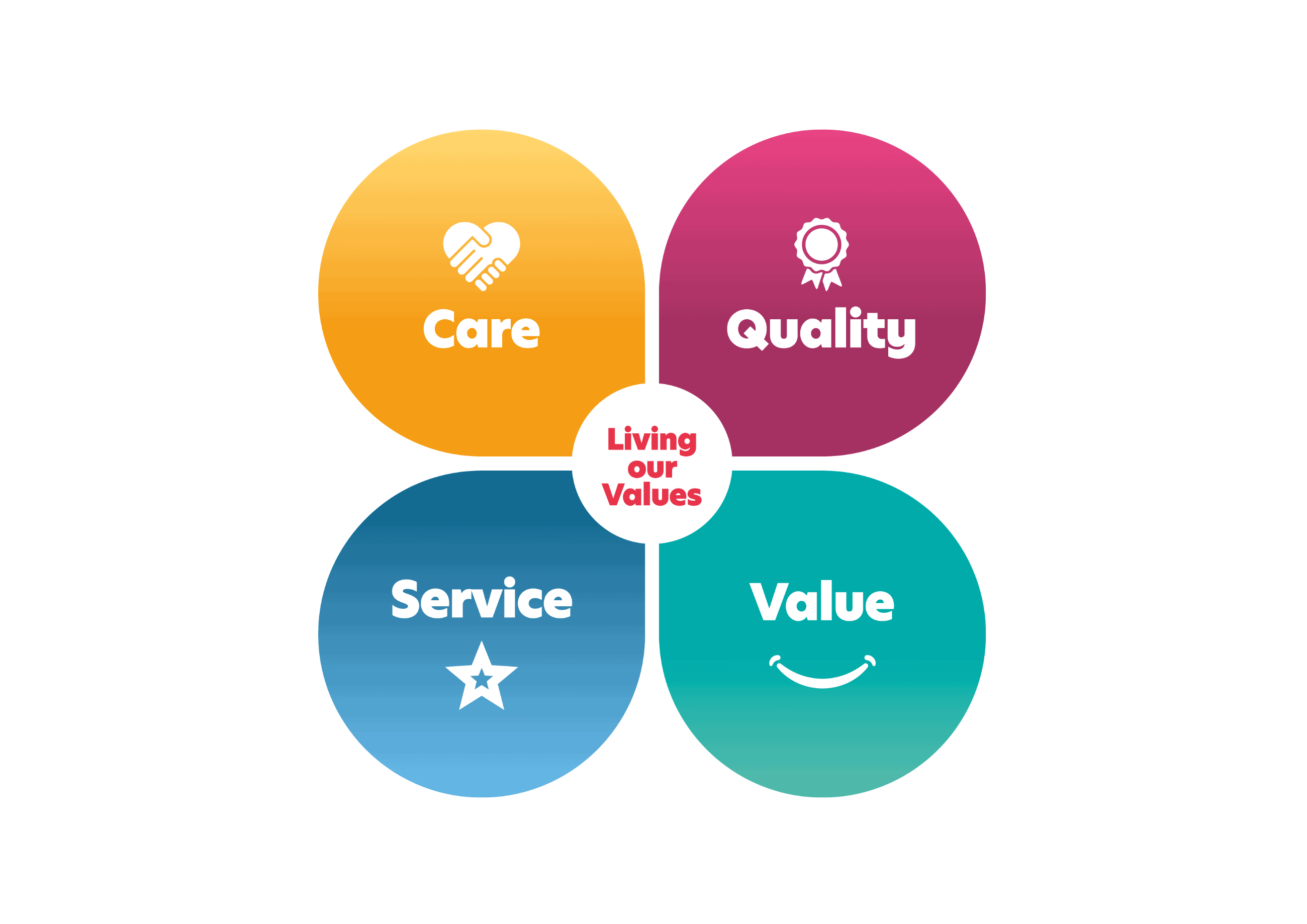We are constantly absorbing emotions from those around us. That’s part of the reason being around children, with their heightened emotions, can be so exhausting. Understanding your child’s tantrums and the reality of what happens inside their brains during a meltdown, can help us diffuse the situation with understanding and calm.
Understanding Your Child’s Brain
Did you know that 90% of a child’s brain is developed by age five? The early years are a critical time for the development of the brain – your child is literally moulding and shaping into the person they will become, and their brain is taking in every bit of stimuli and learning from every experience they have.
We know that a child’s brain spends the early years absorbing and processing information, but it’s only recently that we’ve been able to understand what exactly it is about a child’s brain that allows it to be so receptive to new stimuli.
You may have heard the terms “left brain” and “right brain” or the “upstairs/downstairs” brain split – the reality is that our brains are much, much more complex than this.
In 2018, scientists with the Human Connectome Project announced they had created the most detailed map of the brain yet. They had discovered almost 100 previously unknown regions, taking the total number of known regions of the brain to a whopping 180 – each with their own unique function and purpose. By some great miracle, all of these regions work together to produce what we know as our own minds.
What we now understand about children’s brains is that a lot of these zones still haven’t learned how to talk to one another. They are all functioning independently, so the part of your child’s brain that is responsible for their epic meltdowns still doesn’t know how to talk to the part of their brain that can tell them how to regulate their emotions.
So, what happens in your child’s brain during a tantrum?
Neuroscientist Dan Siegel and parenting expert Tina Bryson creatively describe the “downstairs” and “upstairs” aspects of the brain.
Our “downstairs” or primitive brains—the limbic system and amygdala—are reactive and emotional, driven by impulsive, short-term interests, and primitive drives.
Meanwhile, the outer cortices of our brains, which enable us to inhibit impulses, slow down, gain perspective, process emotional stimuli, and articulate these stimuli into thought and action, live upstairs.
This “upstairs brain” helps us plan, think before we act, take perspective, make moral decisions, and form relationships. The “wise mind” integrates both our emotional and our rational minds, according to Marsha Linehan, the creator of dialectical behaviour therapy. The four aspects of our brains—left, right, upstairs, downstairs—need strong connections to work together to build wise, healthy brains.
During a tantrum, when the amygdala and limbic system take over, it is almost impossible for logic to penetrate your child’s brain.
Our capacity for calm in the midst of a kid’s emotional storm offers hope, because it signals that calm is possible in the midst of chaos.
Helping children calm down from a tantrum takes wisdom, compassion and plenty of patience. Our children are not miniature adults—their growing brains are actually incapable of taking an adult perspective on a situation and using that knowledge to calm down.
Remembering this can help us see that tantrums are not methodically manufactured manipulations. A child’s tantrum operates at an instinctual and primitive level that simply won’t respond to reason. Once we recognise this, we can make more effective choices about responding.
Some things you can try to help your child calm down:
- Remain calm and patient: responding with your own strong emotions adds fuel to the fire and signals to your child that there is a reason to be distressed
- Distract them: sometimes you have to get creative and throw your child a curveball (or a literal ball.) Ask a seemingly random question or try to decrease the dominance of the amygdala with games.
- Address the situation: When we interrupt tantrums like this, it’s vital that, once things calm down, we address what triggered the tantrum. You don’t have to rehash all the details, but remember that consistency is always key.. If you say you are going to come back to something later, come back to it. This lets children integrate the experience with their whole brain once it’s fully back online.
- Use the Emotion Coaching method to teach children how to recognise and regulate their emotions. Once your child has calmed down enough, invite them to talk about what happened and ask them to name their emotions – are they angry, sad, scared or embarrassed?
In short, when children are experiencing strong emotions, what they need is connection and calm. When children descend into lower-brain chaos, adults need to work overtime to first calm our own emotions so we can view the situation clearly.
When we show that we can regulate our own emotions, it signals to children that it’s safe for them to calm down. It also models and mirrors to them how to calm down. Thus, the quickest way to cultivate calm in a child is to practice being calm yourself.
“Never in the history of calming down has anyone ever calmed down by being told to calm down.”
Telling children to relax doesn’t work nearly as well as a soft voice or a gentle touch, both of which turn on the “attend and befriend” response, shut off fight or flight, thin out cortisol, and boost oxytocin, the so-called love hormone.
Once we establish that fundamental connection with our child (or anyone, for that matter), we can open our hearts and minds to each other, see each other’s perspective, and move on together.
Sources:
Motherly; Christopher Willard (2019, January 22). This is why your child can’t actually ‘calm down’ during a tantrum. Retrieved from https://www.mother.ly/child/this-is-why-your-child-cant-actually-calm-down-during-a-tantrum
How a kid’s brain works, The meltdown explanation. (2019, July 18). Hello Lunch Lady Issue 5 From https://hellolunchlady.com.au/parenting/kids-brain-works/

